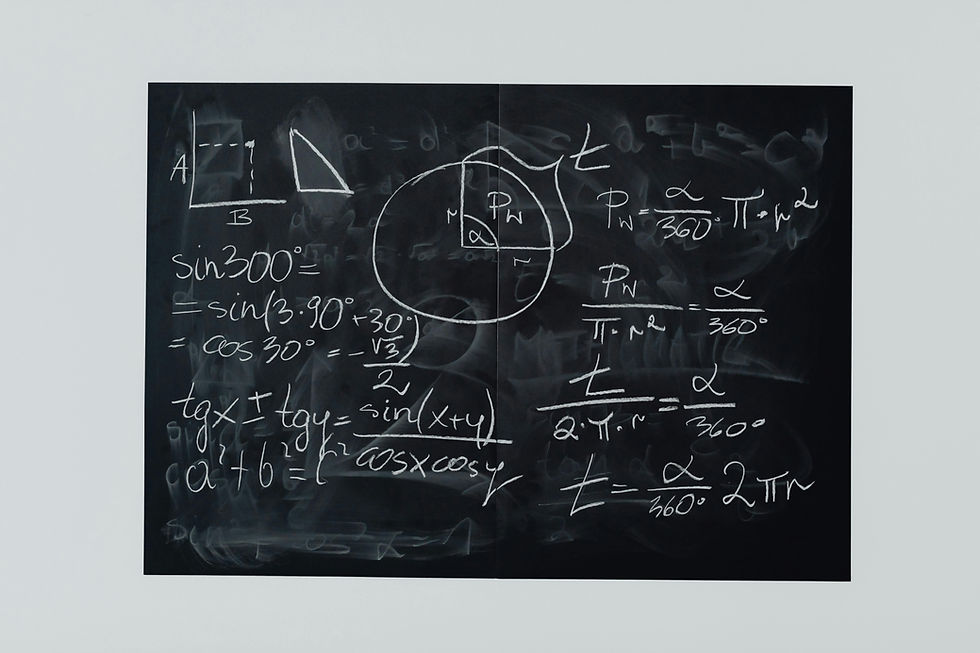False Formulas: Teach us to pray
Day 1: Teach us to pray

“Big hammer tek life, little hammer bring life!”
I reflected in my later years that it was not really a story for children. But it had found its way onto one of my childhood favorite radio shows. It featured Anansi the Spider, probably the most familiar figure in Caribbean oral storytelling.
Anansi came to the Caribbean with our African ancestors who had been brought on slave ships to work the sugar cane plantations of European colonists. He is believed to have hailed specifically from West Africa where Anansi means spider in Twi, one of the collections of the Akan language spoken in Ghana and neighboring territories.
Some believe that Anansi was originally a religious symbol in West Africa, possibly a god, but any religious association had disappeared in most of the stories handed down in Caribbean culture. Instead, Anasi had mostly evolved into a character of amalgamated wit, cunning, and wily triumph.
Sage, champion, survivor, fraudster—the ubiquitous Anansi was the hero of a wide range of folklore scenarios. He was ever on the giving or receiving end of bargains, with details ranging from downright tasteless and lewd to relevant and instructive.
I don’t remember much of this particular ‘Nansi story, but one ghastly detail remains in my memory: Someone in the story had been “conned” into smashing offspring with a big hammer, and then trying to revive the dead offspring with a little hammer, all the while chanting, “Big hammer tek life, little hammer bring life.” The chant increased in intensity and desperation as it became clear that the smashes from the “little hammer” could not revive the life the big hammer had taken.
In life as in the Anansi story I heard that long ago Saturday morning, we confront a constant barrage of false formulas, and the spiritual world is a major "breeding ground" for these. Most are based on misconceptions, falsehoods and deceptions, and the Scriptures provide insights, and help, and clarity, so we do not stumble over them.
Take prayer, for example. Even the disciples knew they needed help. “Teach us to pray,” they asked Jesus, and He gave them a model prayer (sometimes known as the Lord’s prayer -Luke 11:1-4). Matthew gives us additional details about Jesus’ instructions:
“When you are praying, do not heap up empty phrases as the [nations that do not know God] do, for they think that they will be heard because of their many words…” (Matthew 6:7 - NRSVUE). Other translations of empty phrases include vain repetitions, and babblings.
In His teaching on prayer, Jesus specifically addressed empty ritualistic prayers. His instructions bring to mind an Old Testament account that showed prayers being offered by idol worshippers who called on the name of [their god] with vain repetitions and many words.
The scene was Mount Carmel, and the prophet Elijah had challenged the nation of God: “How long will you waver between two opinions? If the Lord is God, follow Him; but if Baal is God, follow him” (1 Kings 18:21). The prophet set up a “test by prayer” to demonstrate that only one God answers prayer (1 Kings 18:20-39).
The account includes a view of the prayer rituals of the prophets of the Canaanite god Baal: Then they called on the name of Baal from morning till noon. “Baal, answer us!” they shouted. But there was no response; no one answered. And they danced around the altar they had made… So they shouted louder and slashed themselves with swords and spears, as was their custom, until their blood flowed (1 Kings 18:26, 28).
By contrast, the Scriptures describe prayer as coming to God’s throne of grace (Hebrews 4:16), by a new and living way opened for us by the blood of Jesus (Hebrews 10:19-20). And we are invited to come and to ask in the name of Jesus (John 14:13-14).
But we must be careful that even the model and the instructions the Scriptures give us do not become for us formulas that we simply try to “plug in.” The blood of Jesus, and the name of Jesus are not meant to be mantras we use to punctuate empty phrases, and the model prayer is not meant to be carelessly and thoughtlessly recited by rote.
In prayer, we come to a Living God, a Consuming Fire (Hebrews 12:22, 29). He has given us in His word, many examples of prayers—in the psalms and the prophets, in the Acts of the Apostles, and in the various epistles. And in the gospels, besides giving us the model prayer, Jesus Himself lets us into some of His own intimate prayers to the Father (Matthew 11:25, Matthew 26:39-44, Luke 10:21, John 11:41-42, John 17).
We would do well to pray, "Lord, teach us to pray," and to follow the examples God has given us in His word, lest the false formulas of our times creep into our prayers, causing us to pray in the fashion of “Baal hear us,” or “little hammer bring life.”
Comentarios